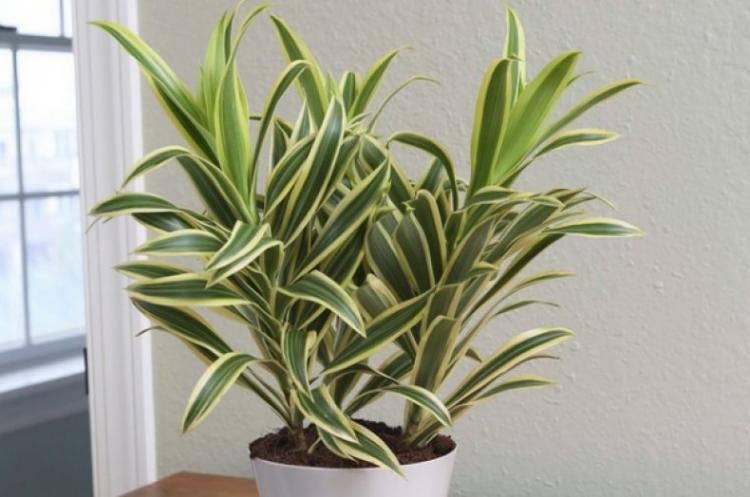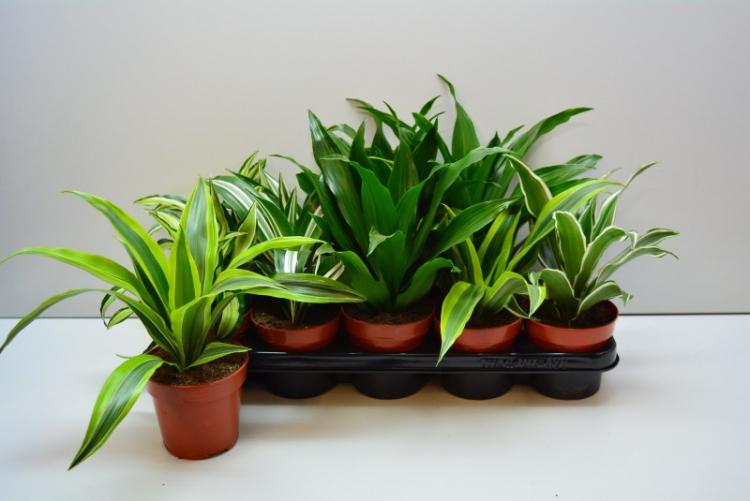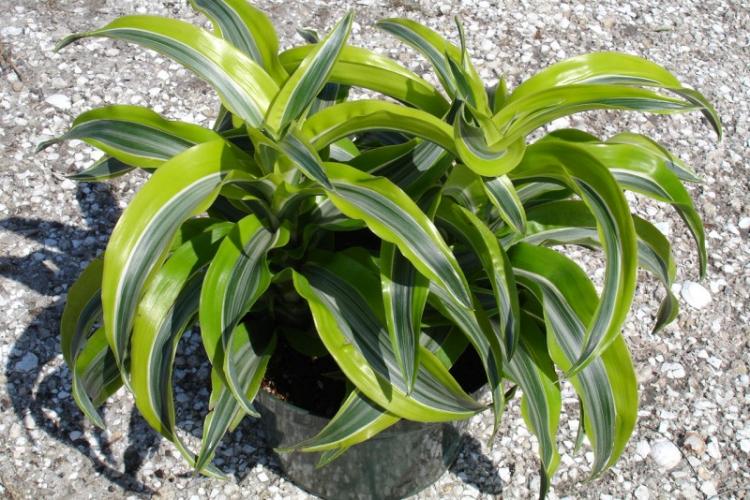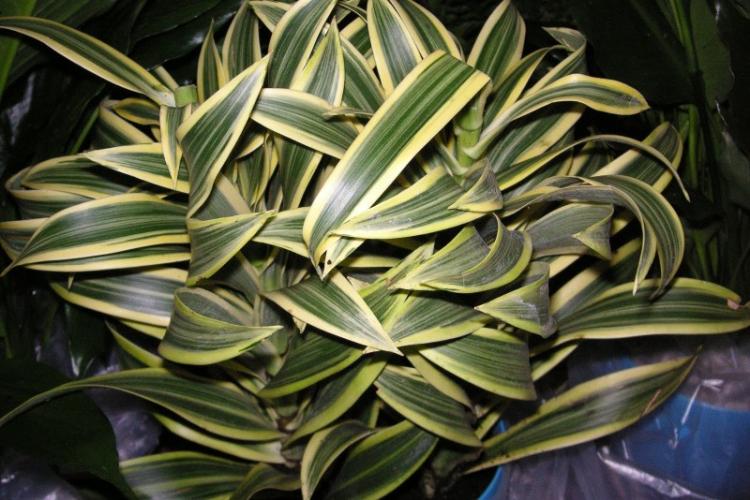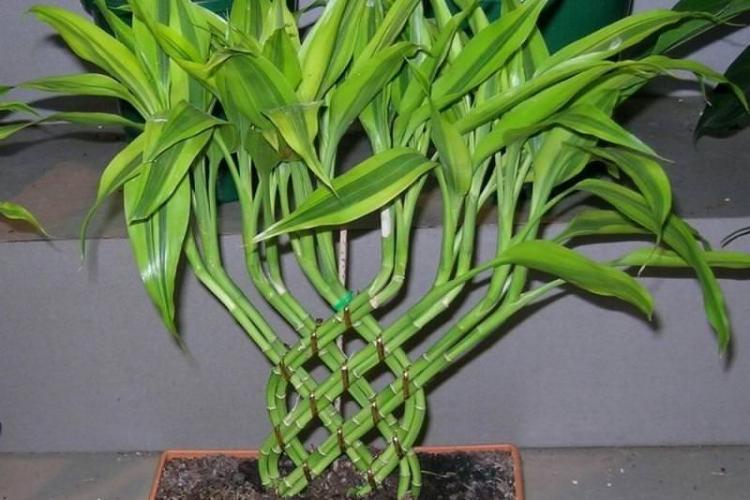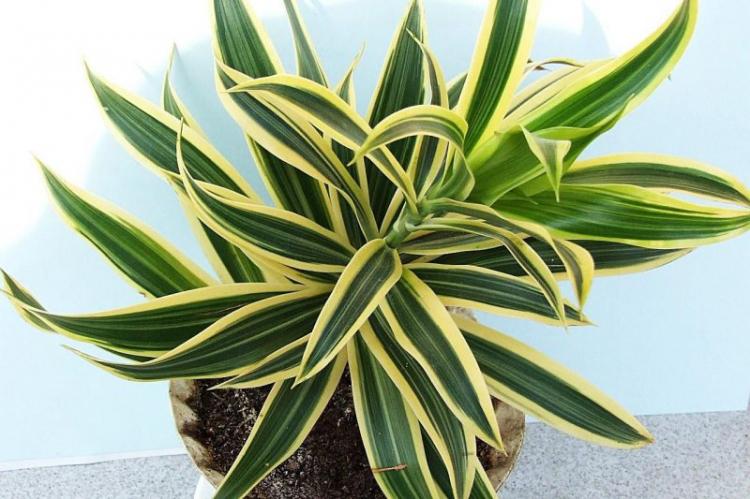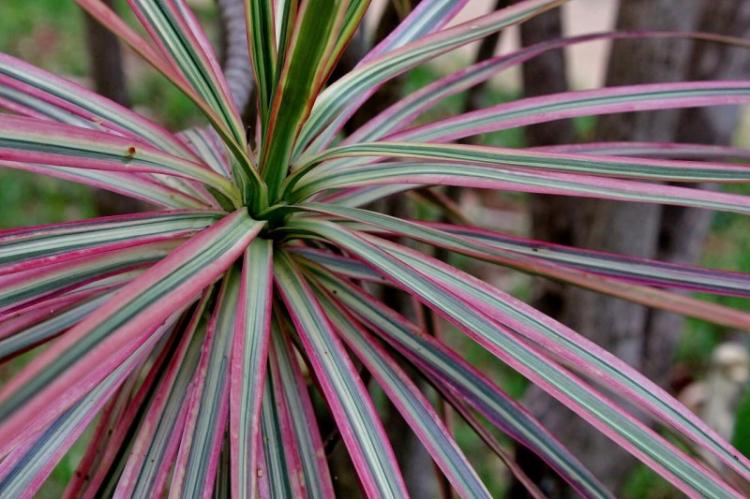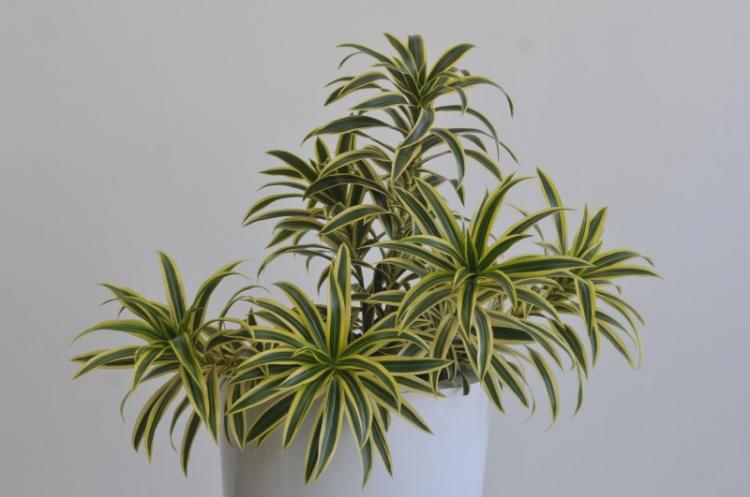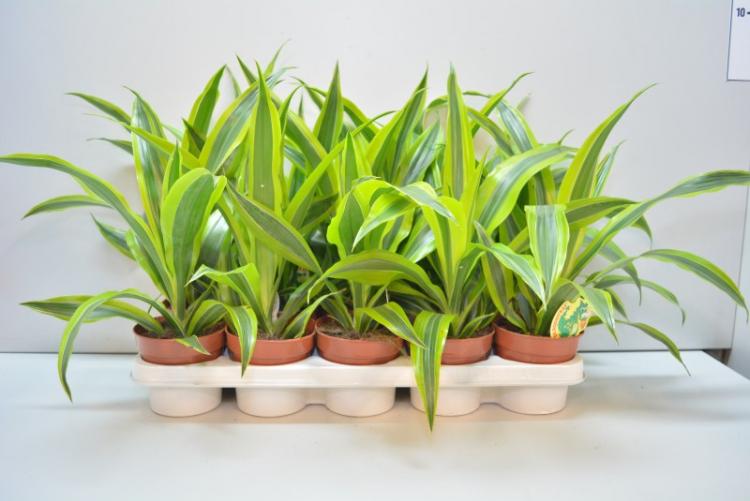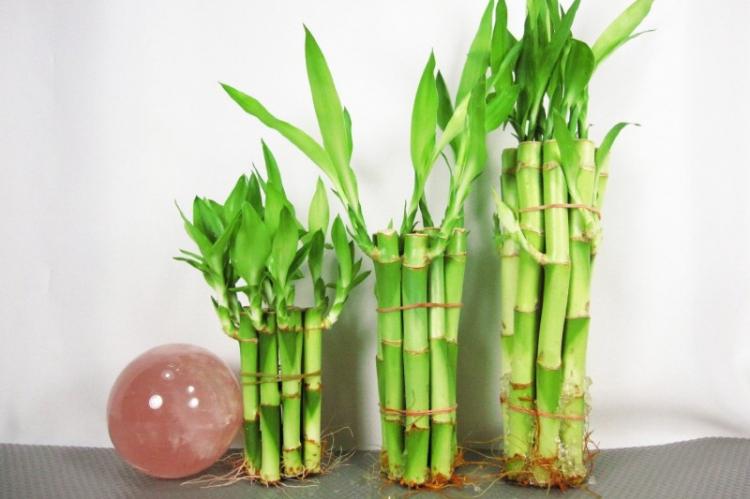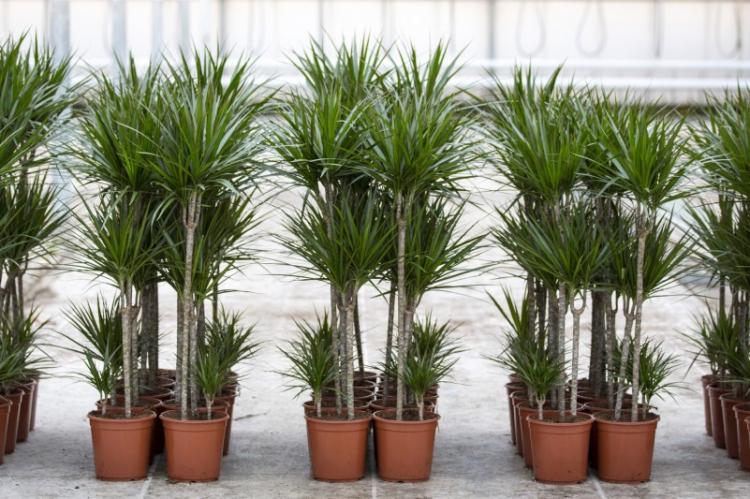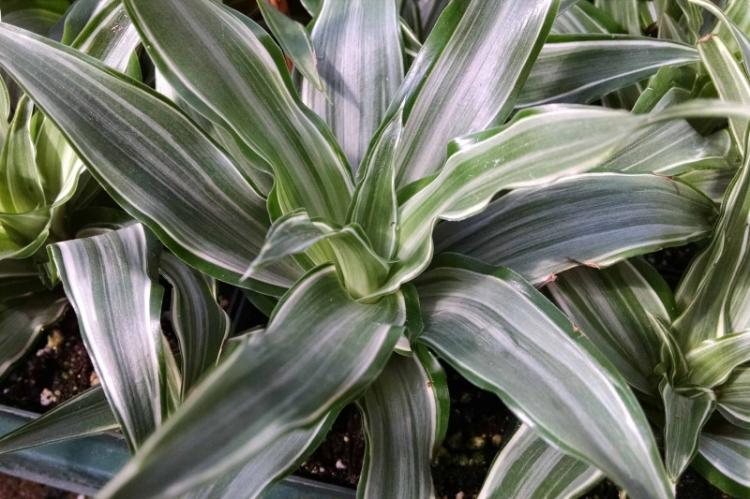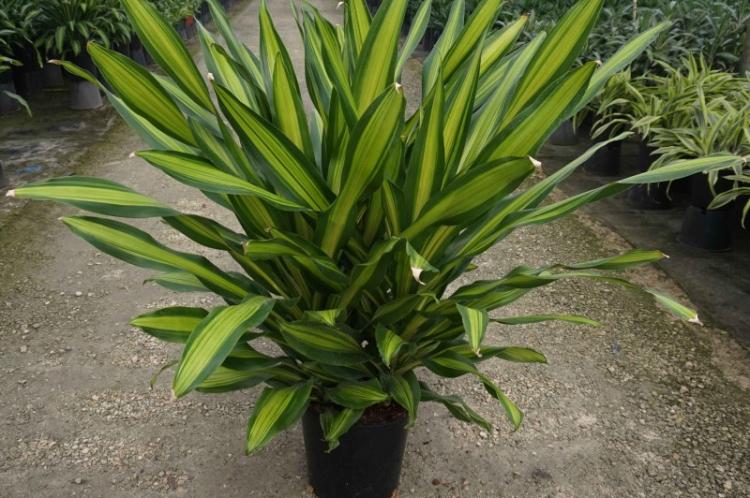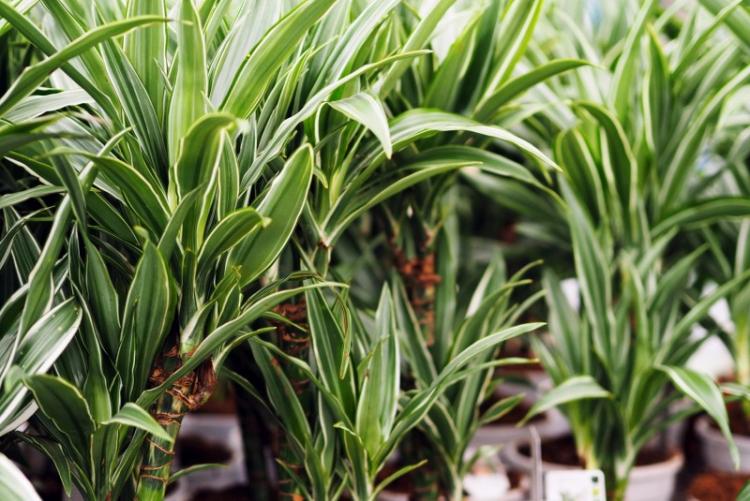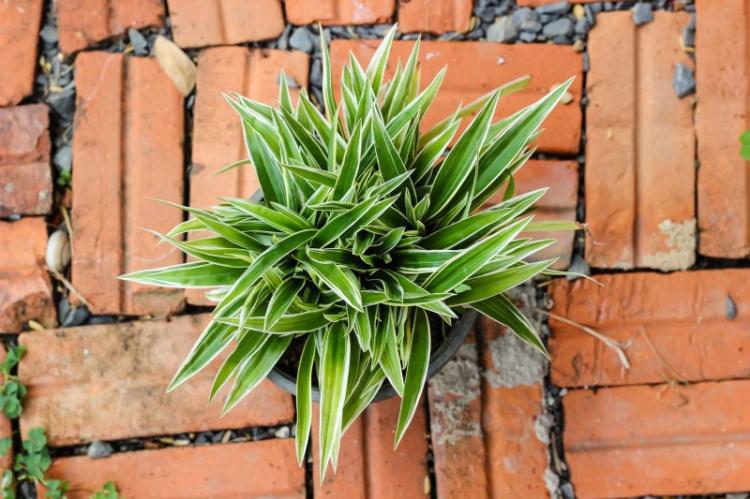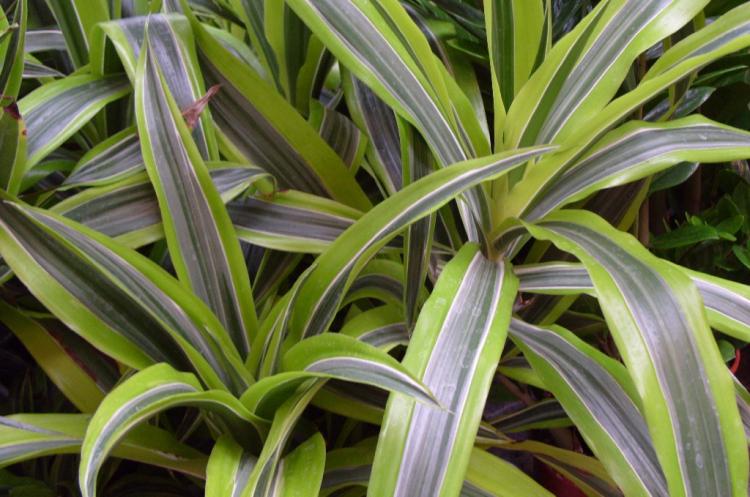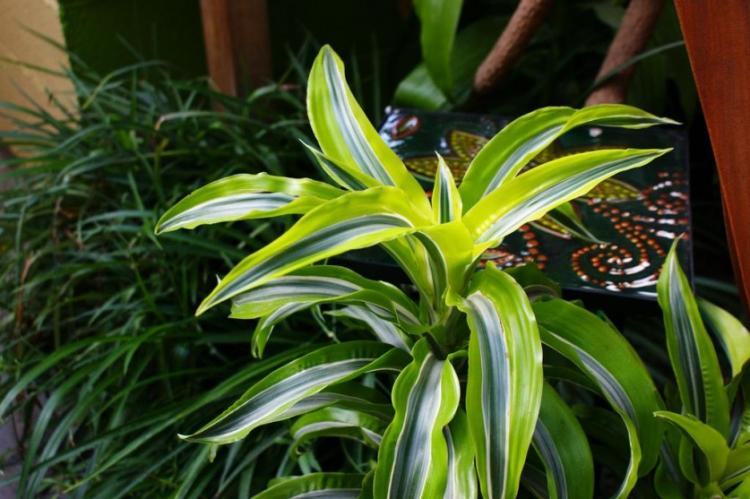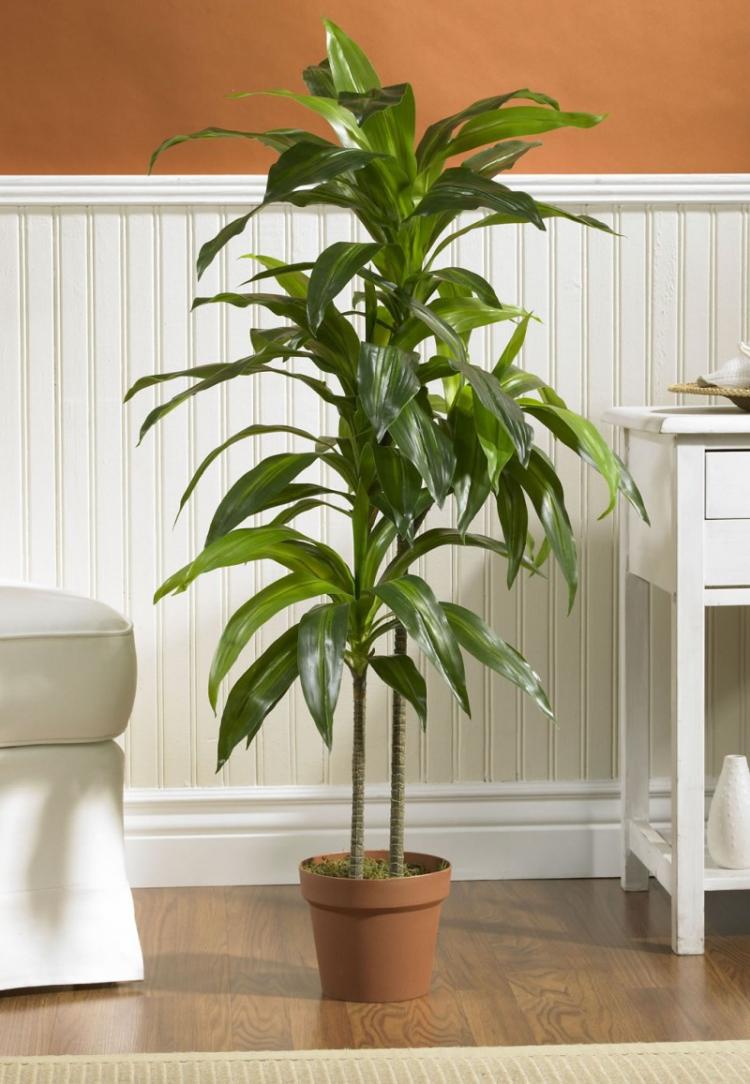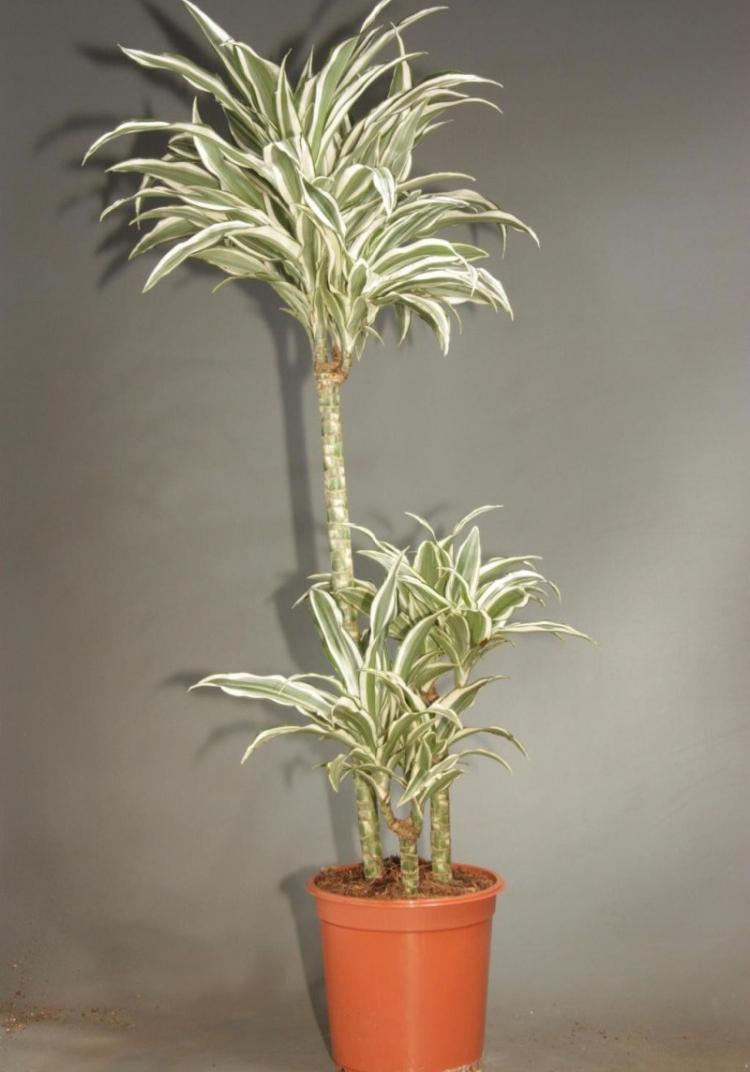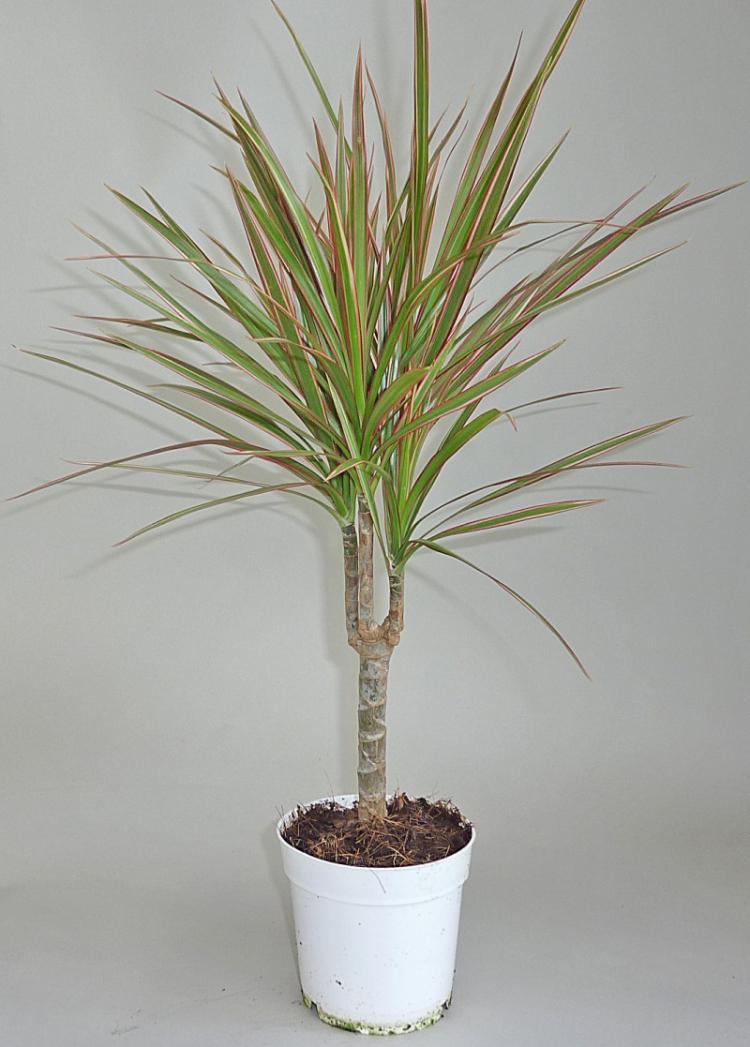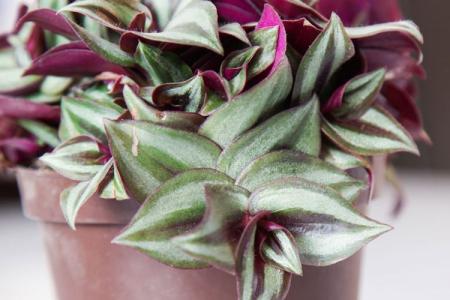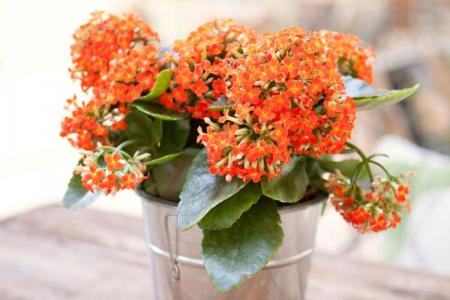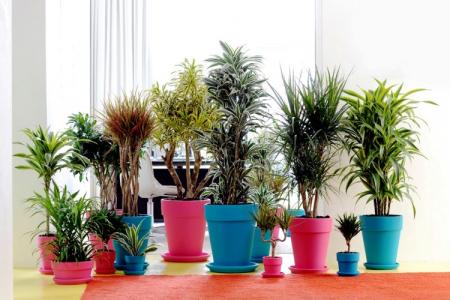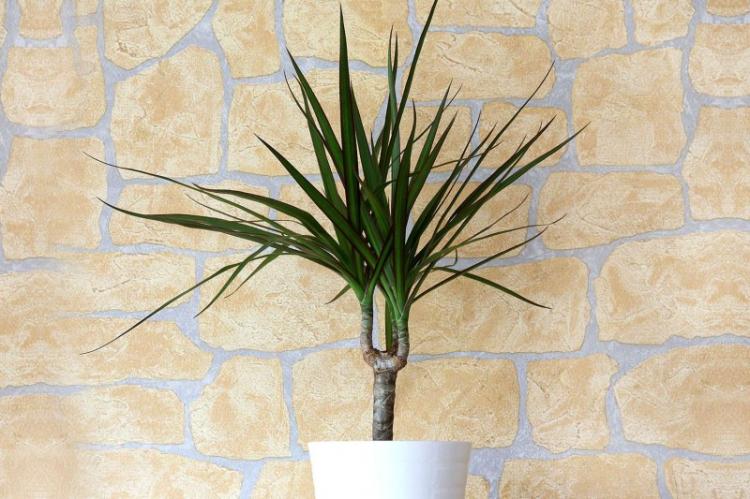
The home "palm" dracaena is a popular houseplant. It is very effective and bright, its very name comes from the word "dragon". It is easy to grow a dracaena with your own hands, but in everyday life it is unpretentious. Larger views look great in offices, halls or reception areas, while smaller and tidy ones look great in apartments and houses.
general information
Dracaena is an extensive and diverse genus of plants, which includes more than a hundred species. Some of them get along well in rooms and greenhouses.
Dracaena are native to Africa, as well as from Madagascar and Mascarene Islands. Some varieties are native to Asia. The habitat is very extensive - there are even several American species from Mexico, Brazil and Cuba.
The tree trunk is actually a secondary thickening of the stem. Here is a slightly different mechanism: this is a consequence of the vital activity of cells in the periphery. The same traits are observed in some other representatives of asparagus.
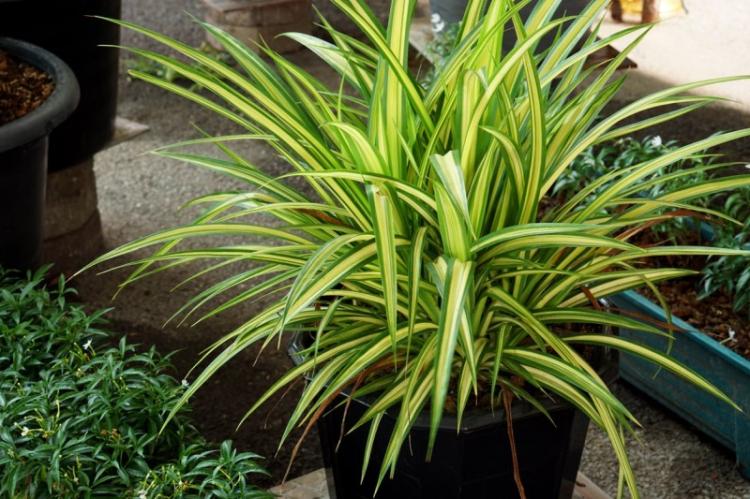
Plant appearance
Dracaena's calling card is not only the lignified trunk, but also its long, pointed narrow leaves with parallel veins that converge to the tips. As the plant grows, the lower leaves turn yellow and die off. Their average life cycle is up to 2 years.
Another interesting feature of the family is the roots. They are smooth, straight, with an unusual orange or dark yellow color.
Home dracaena rarely bloom. But if this happens, you can admire the small greenish or white flowers. But keep in mind that most species have a rather unpleasant odor.
Dracaena fruits are drupes. The ovary is formed on loose flower panicles.
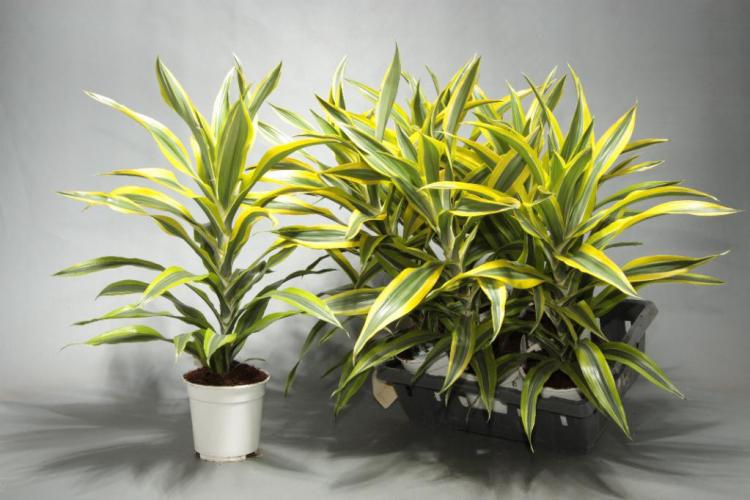
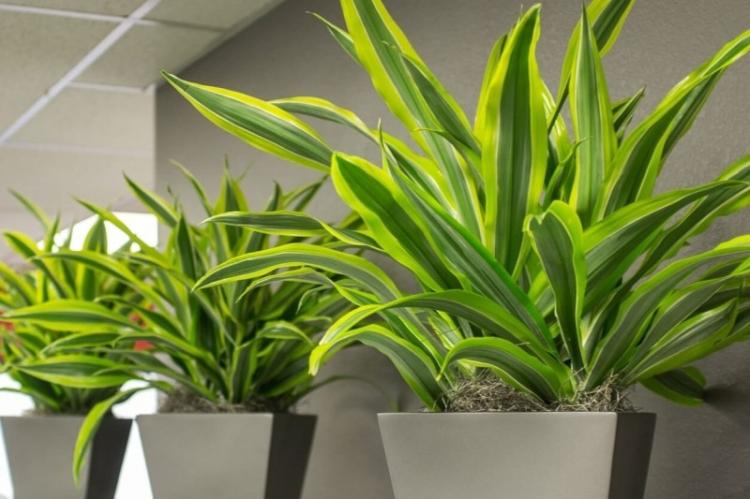
Dracaena species
When choosing a dracaena home, consider how much free space you can allocate. After all, the sizes of its species vary from tens of centimeters to 2 meters.
Derem dracaena
This is the classic and most famous dracaena with a wide trunk and tall, long, narrow leaves that grow up another 40-50 cm.
Derem dracaena can be dark green or mixed color, with or without border, inflorescences are red and white. It grows slowly, but there are different varieties - for example, with stripes or strokes on a glossy sheet plate.
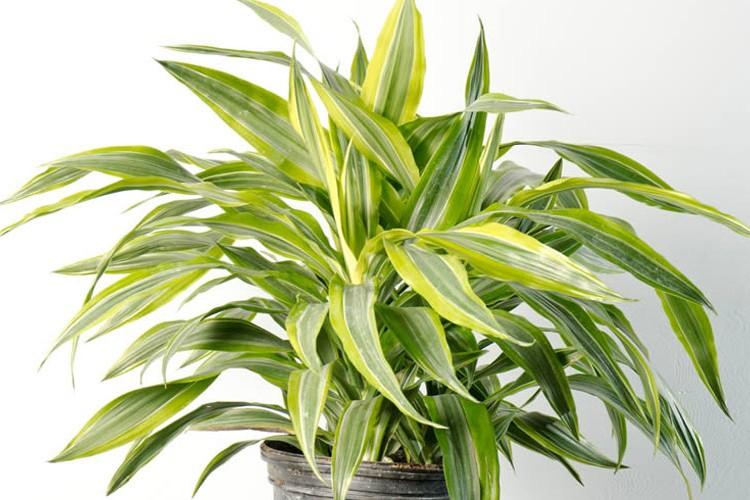
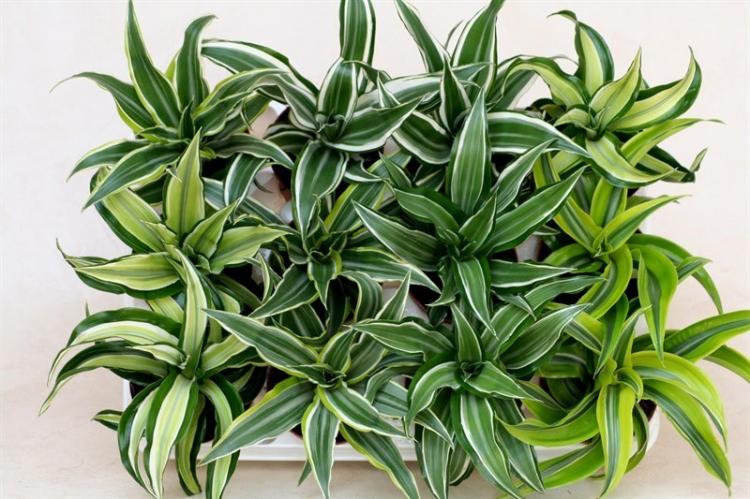
Dracaena Godsef
This is an unpretentious variety that is well suited for beginner gardeners. There is no characteristic trunk, and the leaves take on an oval shape. They sprout on thin stems right out of the ground. The surface of the stems is covered with thin film-like scales.
Dracaena Godsef is variegated and spotted. There are varieties with complex exquisite patterns, wavy leaf edges, unusual pink or beige spots.
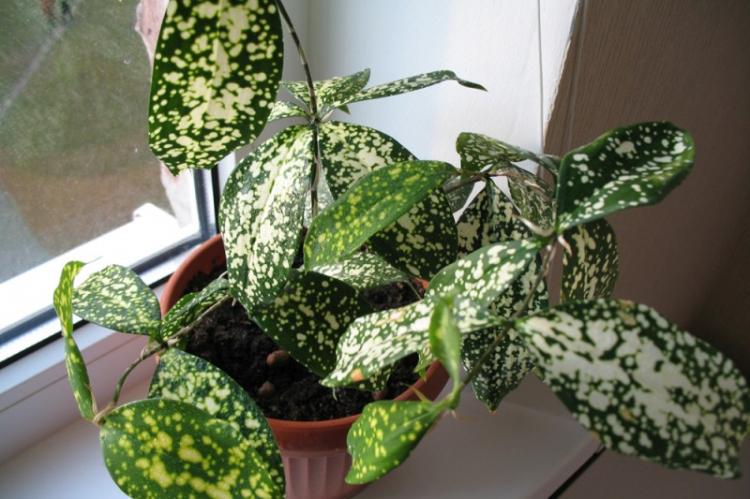
Dracaena unbent
This is one of the most unusual types of dracaena. Long and narrow fringed leaves adhere to the trunk in bunches and bend slightly at the ends.
An adult plant rather resembles an ornamental tropical shrub, which is why it is often used in floristic compositions.
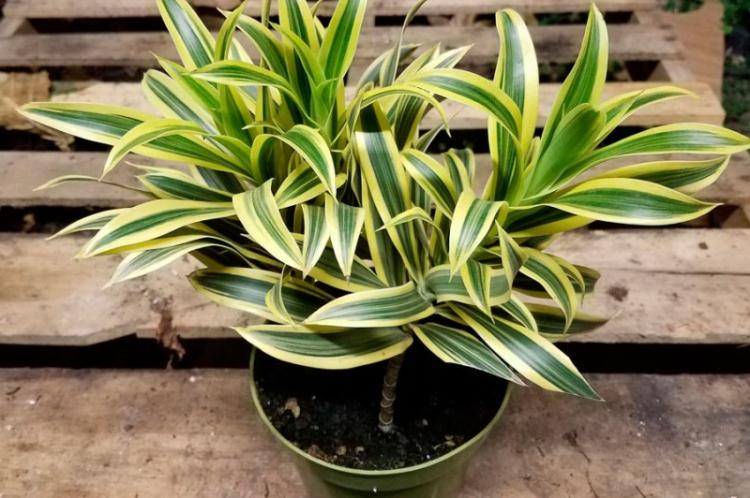
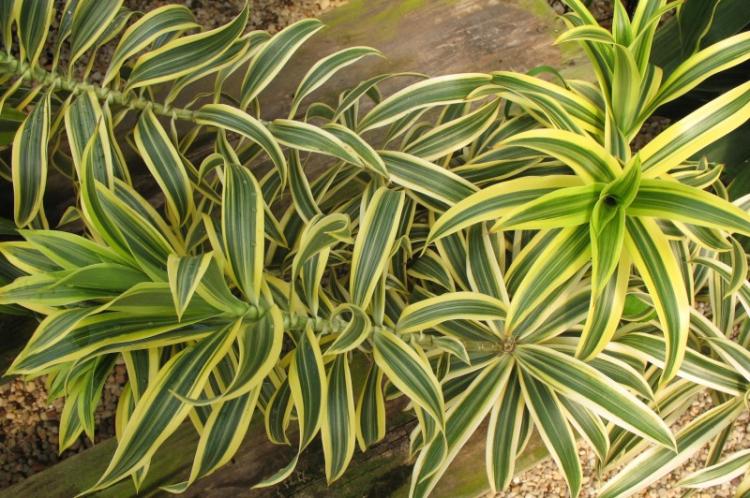
Dracaena Sander
Another unusual species called Chinese bamboo. She has a relatively thin erect stem with elongated leathery leaves.
Decorative curls and spirals can be created from this stem. But keep in mind that one loop requires at least a year of time. But it can grow in poor lighting and even in water.
The shade depends on the variety: yellow, green, bordered. Dracaena Sander is used in decorative compositions.
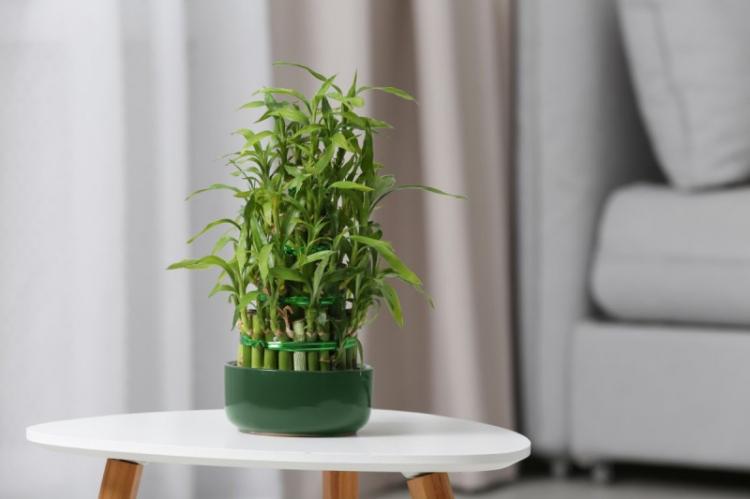
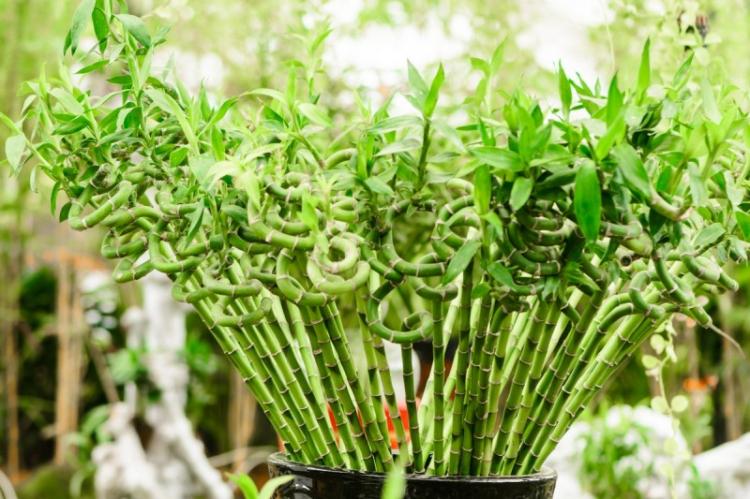
Dracaena fragrant
It grows to a real tree over 2.5 m in height. It has a dense, strong trunk and large leaves up to 80 mm wide. She also tolerates temperatures up to +10 degrees and moderate shade.
Fragrant dracaena is a rare species with a pleasant aroma when blooming. A distinct smell of freshly cut hay emanates from it. Flowers are pinkish, greenish or creamy.
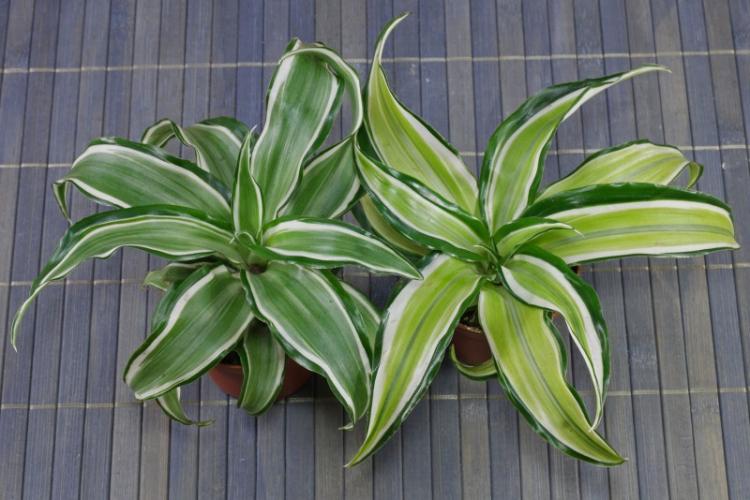
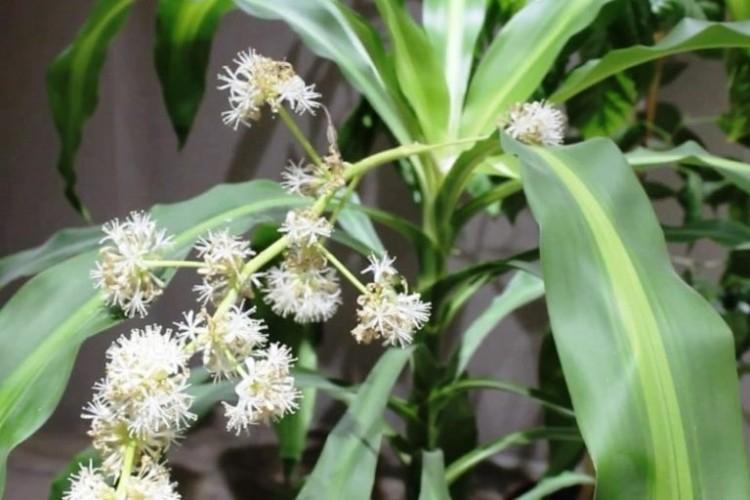
Dracaena Marginata
The beautiful decorative appearance most resembles a small indoor palm tree. The leaves are collected in small bunches. Sometimes they are decorated with pronounced red-purple stripes.
And also dracaena Marginata is one of the most resistant to shade, but it does not tolerate damage to the leaves. Therefore, at the slightest flaw, they must be removed.
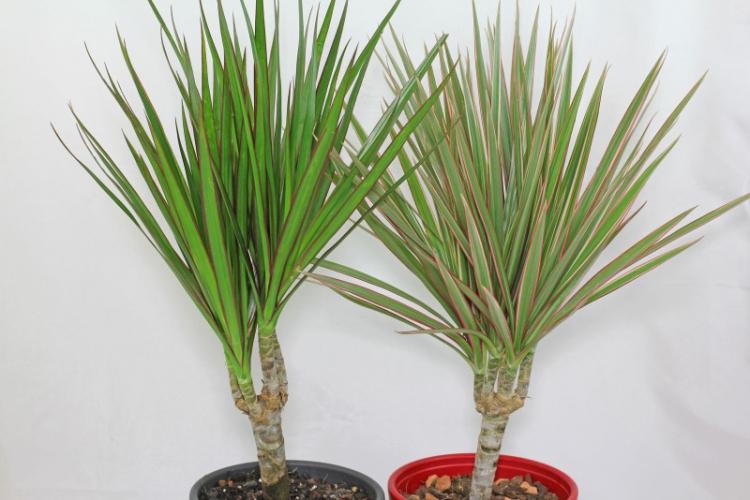
Dracaena care
Dracaena is quite unpretentious. She loves fresh air, but does not tolerate drafts. It needs constant and abundant light, warmth, controlled humidity, and drained soil.
Temperature
In the middle latitudes, dracaena are not grown outdoors. They need a warm subtropical climate. Only certain varieties, like Hooker, cope with frosts down to -7 degrees. Bordered dracaena tolerates constant shadow well.
The ideal room temperature is 20 degrees in summer and even higher. But make sure that in winter it does not drop below 15 degrees.
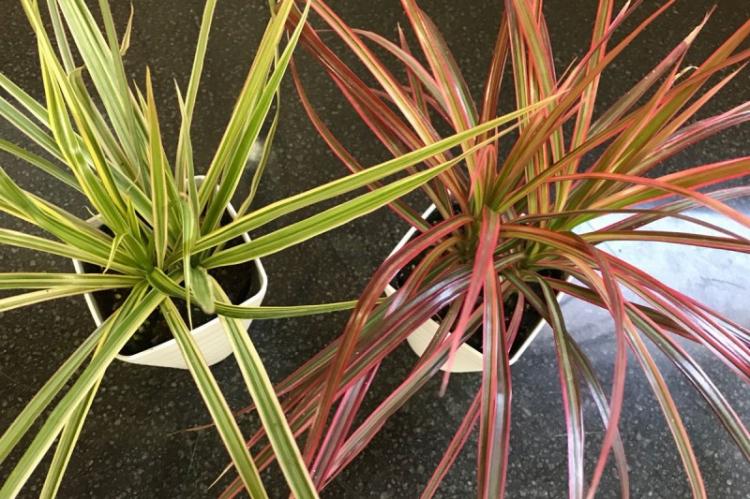
Light
Choose bright places for dracaena, but not under direct sun. Ideally, an east or west window. Variegated varieties need more light than dark ones, otherwise they will fade. If the sun is not enough, use artificial lighting.
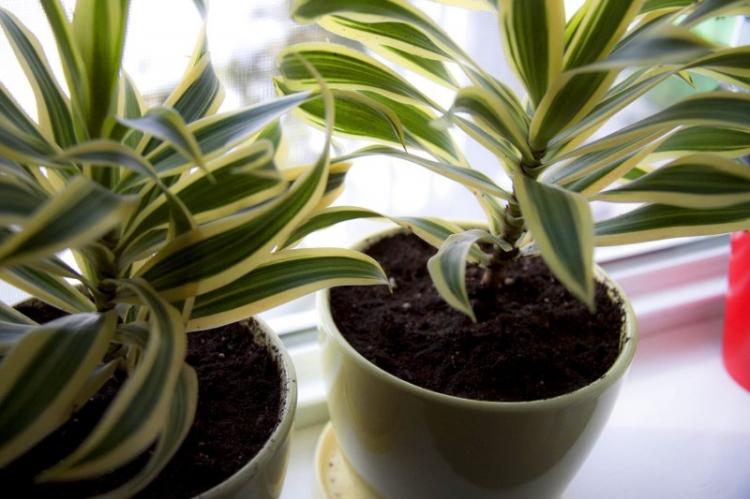
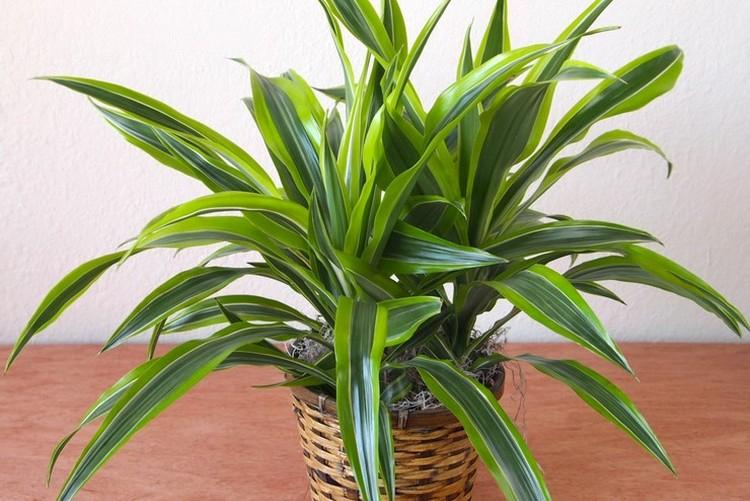
Watering
Most dracaena need spraying, especially in the summer heat and during the heating season. From time to time you can wash the flower in the shower. Or at least wipe the leaves so that dirt and dust don't accumulate.
Water the dracaena often, but in moderation. On the one hand, the soil should not dry out, on the other hand, stagnant water can lead to the death of the plant. Ideally, keep the soil slightly moist. In summer, you can water the flower a little every day, but less often in winter.
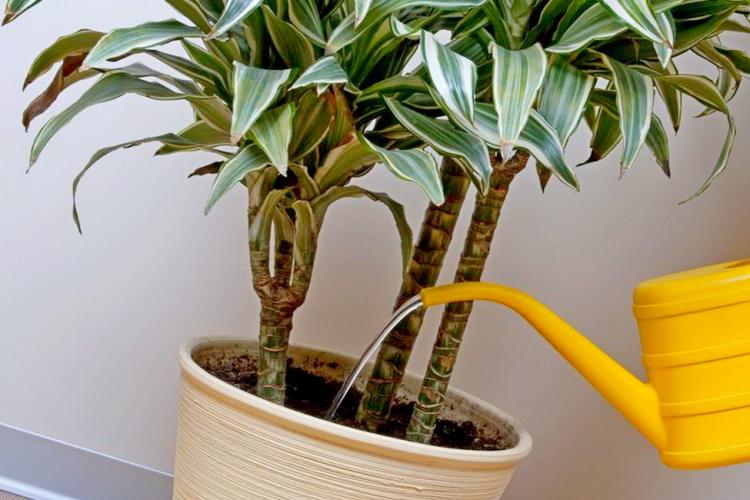
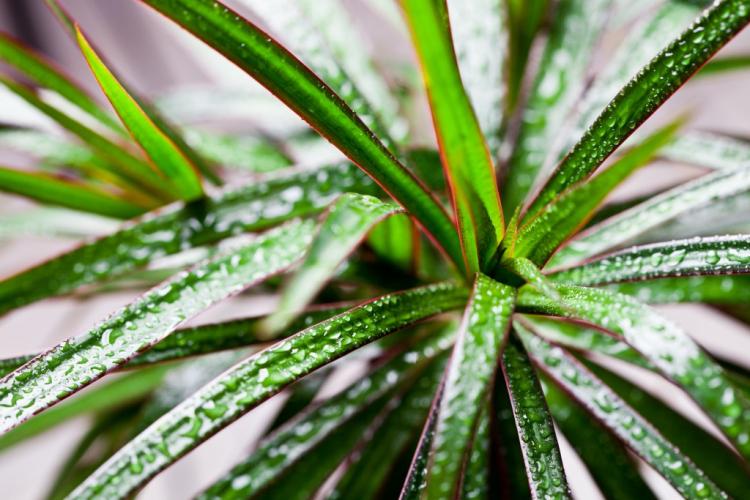
Fertilizers and feeding
Nutritional supplements should be added during the growing season. This is from the beginning of spring to the end of summer. It is enough to introduce complex fertilizers once every two weeks. There are specialized mixtures for variegated varieties.
Special soil for dracaena is also sold in stores, it is better to choose it. The main thing is good drainage.
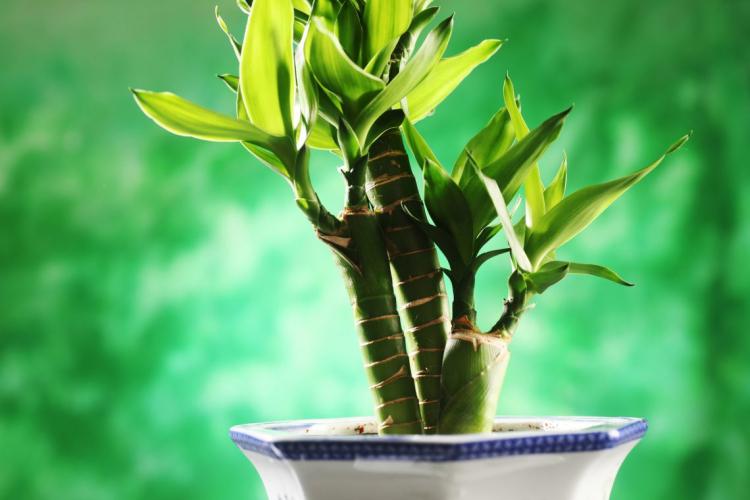
Transplant and reproduction
The unpretentious dracaena takes root easily in a few weeks. To do this, take a stem or apical stalk 7-10 cm long. It also reproduces by the method of air layering.
Use sand and peat for rooting. If necessary, use phytohormones and bottom heating. Transplant the dracaena in early spring, every few years.
Young growth can be replanted annually as needed. Do you want to rejuvenate dracaena? Then just cut and transplant the top.
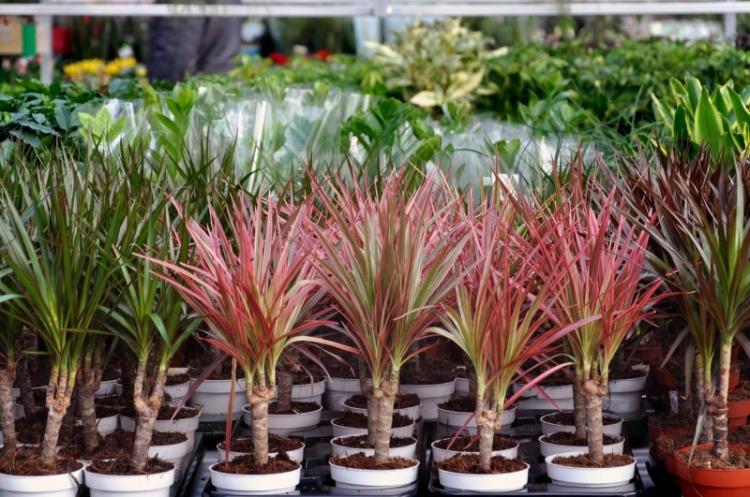
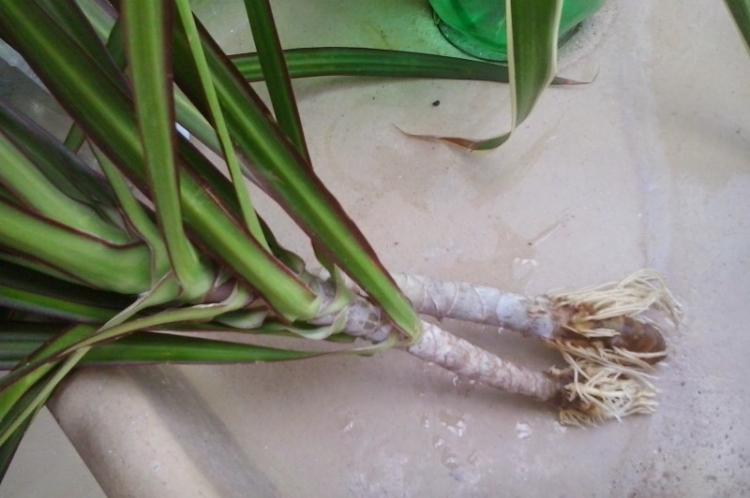
Pest and disease control
The most common pests of dracaena are thrips and scale insects. Sometimes spider mites start. Preventively treat the plant with protective agents, as well as control the condition and appearance of the leaves.
Most often, dracaena has the following problems:
- Are the leaves dotted with brown spots and dry? Most likely, the plant lacks moisture. This is both insufficient watering and dry air. The second reason is drafts and cold;
- Yellow and drying leaves are a clear indicator of dryness. Spray them with water often;
- Burns on the leaves indicate an overabundance of too aggressive sun and direct rays. Shade the dragon on too hot days;
- If the lower leaves turn yellow, this is a natural process. This is how the lignification of the trunk occurs.
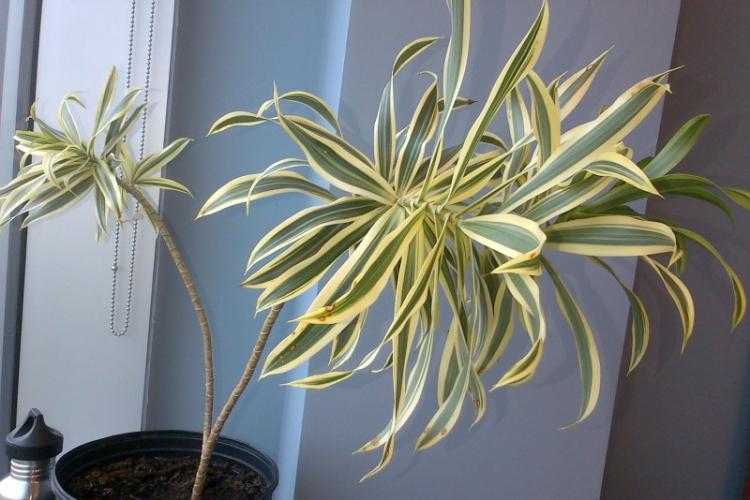
Dracaena - photo
Beautiful and well-groomed dracaena will perfectly fit into any green area. Take a look at the photos, get inspired and create your own home "jungle" for the delight of all household members!
